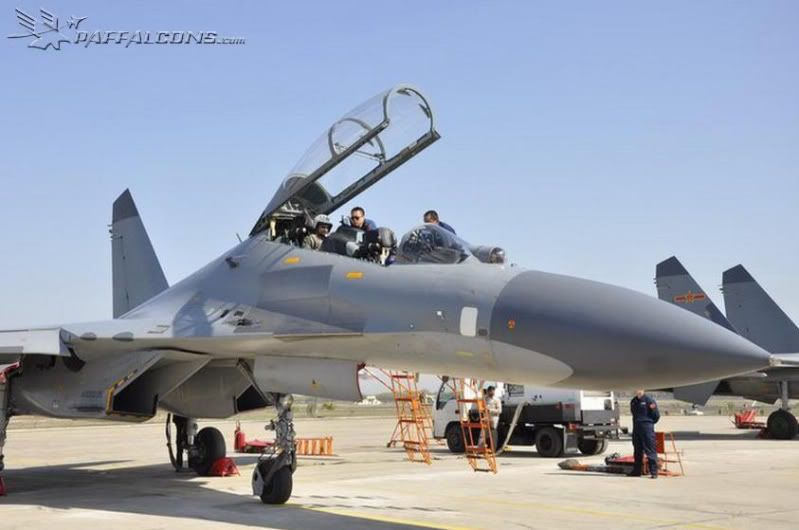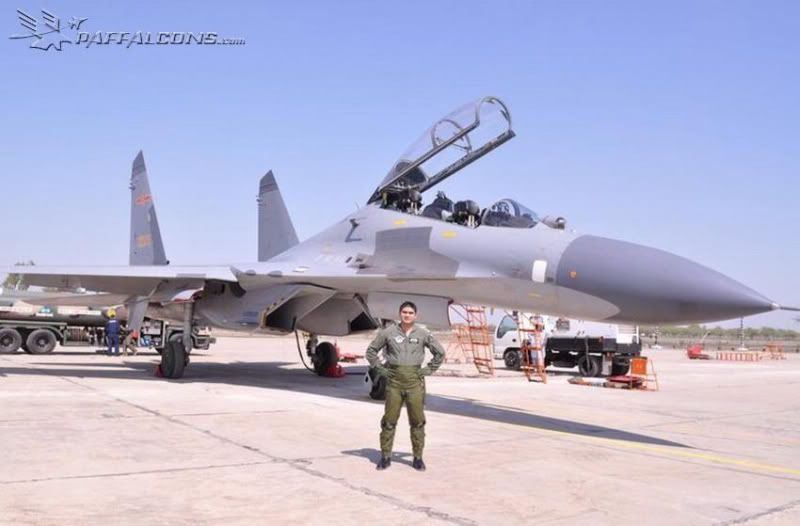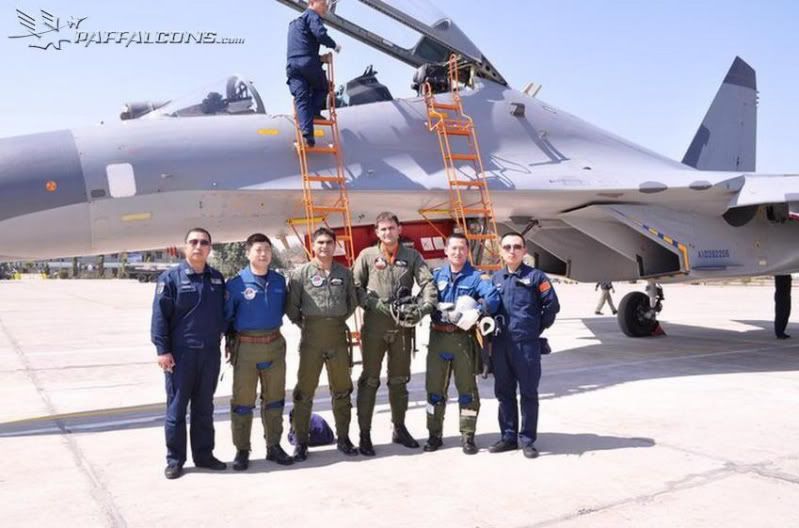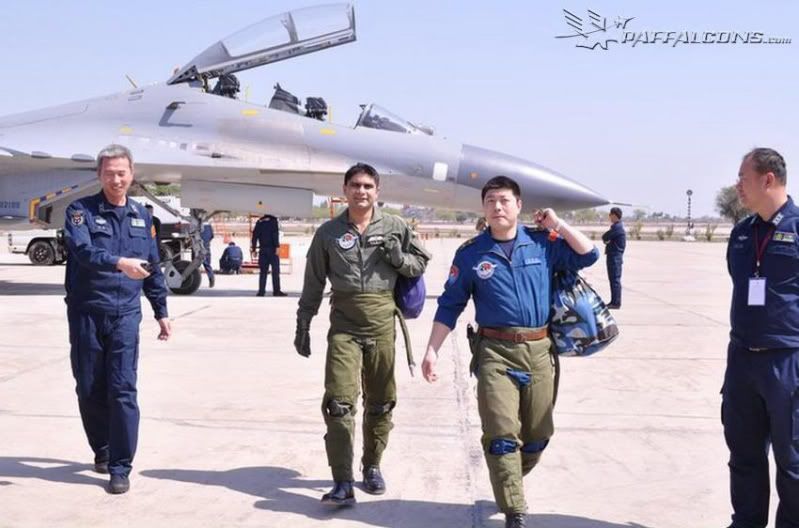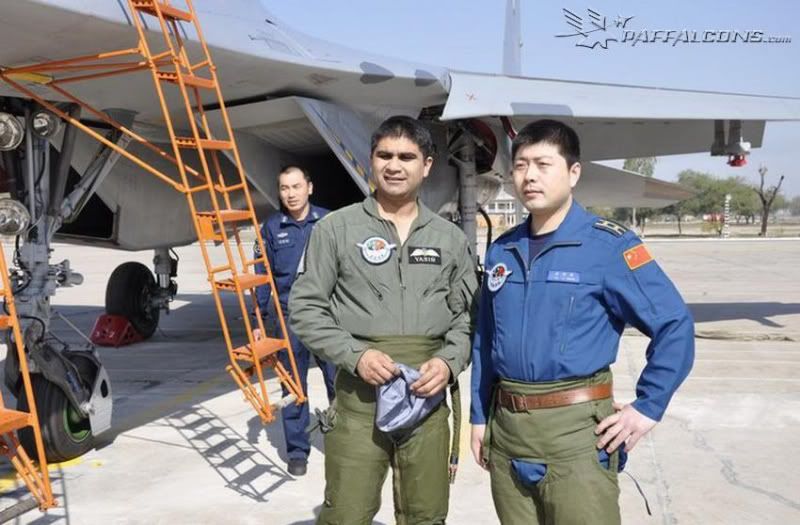plawolf
Lieutenant General
Re: Japanese Defence Minister: Helicopter & DDG "locked on" by Chinese Frigates' Ra
Care to actually enlighten us how you are so much more clever than those fighter pilots?
Please read what I wrote. It is precisely because I am aware of how much of a difference AWACS makes to air combat that I am of the belief that western pilots rely on them far more than what most people might realize, and that without the awesome situational awareness and co-ordination that AWACS provide, western pilots would almost certainly not have done as well as they did in real life combat in recent decades.
In addition, the basic principle of using a massive and powerful radar that can see a lot further than fighter radars, and having an operator use that radar to direct fighters to where they are needed or where they have the best advantage is the same irrespective of whether that radar and operator are in a ground station or on board and AWACS.
Trying to draw a fundamental dividing line between GCI and AWACS just seems like a deliberately engineered distinction, and the main reason GCi gets all the scorn while AWACS gets heaped with praise has little to do with the difference in the merits of both methods and entirely to do with the fact that the East primarily used GCI during the Cold War while the west preferred AWACS (but also used more than its fair share of GCI, but shhh, don't tell any of the fanboys that).
Had anyone who bashed GCI actually based it on the merits of using AWACS compared to it, that would have been fair enough. But the idea that GCI is somehow fundamentally different from AWACS directed intercepts is just silly and smacks of mindless prejudice.
What are you talking about?
Well in that case that was a very stupid tactic,
Care to actually enlighten us how you are so much more clever than those fighter pilots?
and if you do not realise the importance of AWACS in aerial warfare then I will not even begin to explain,
Please read what I wrote. It is precisely because I am aware of how much of a difference AWACS makes to air combat that I am of the belief that western pilots rely on them far more than what most people might realize, and that without the awesome situational awareness and co-ordination that AWACS provide, western pilots would almost certainly not have done as well as they did in real life combat in recent decades.
In addition, the basic principle of using a massive and powerful radar that can see a lot further than fighter radars, and having an operator use that radar to direct fighters to where they are needed or where they have the best advantage is the same irrespective of whether that radar and operator are in a ground station or on board and AWACS.
Trying to draw a fundamental dividing line between GCI and AWACS just seems like a deliberately engineered distinction, and the main reason GCi gets all the scorn while AWACS gets heaped with praise has little to do with the difference in the merits of both methods and entirely to do with the fact that the East primarily used GCI during the Cold War while the west preferred AWACS (but also used more than its fair share of GCI, but shhh, don't tell any of the fanboys that).
Had anyone who bashed GCI actually based it on the merits of using AWACS compared to it, that would have been fair enough. But the idea that GCI is somehow fundamentally different from AWACS directed intercepts is just silly and smacks of mindless prejudice.
you do realise that ground radar works over land and not over the sea
What are you talking about?

